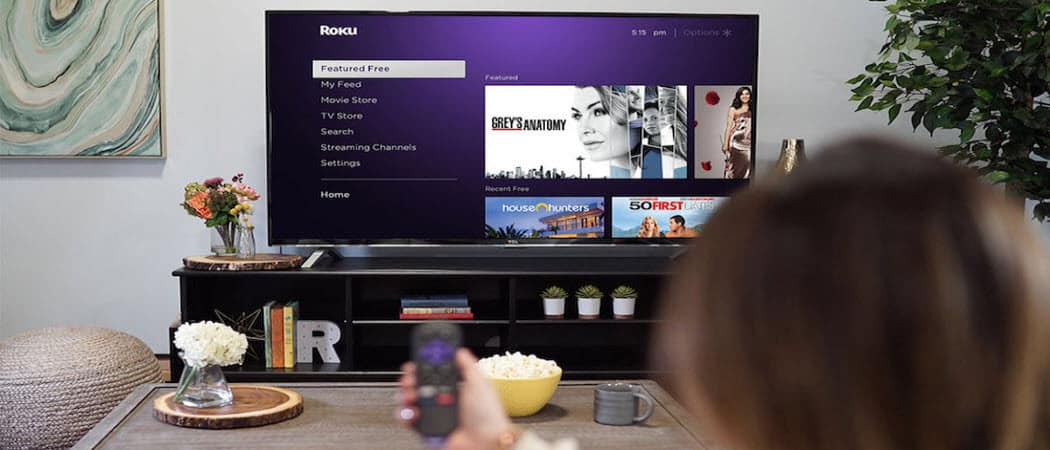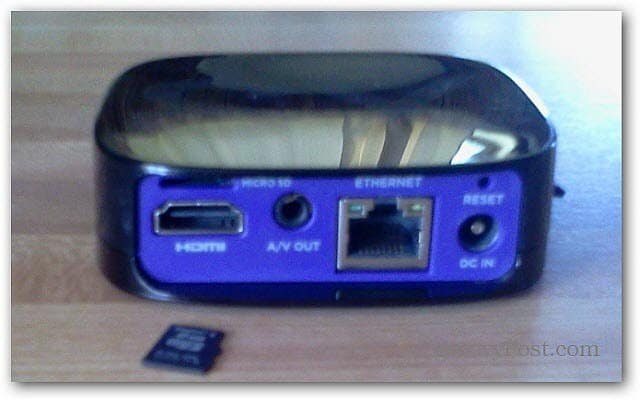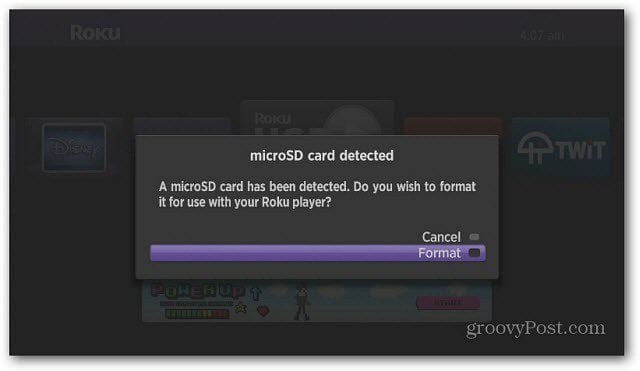Adding a microSD card lets you add more storage to the Roku2. You can use this space to store games and Roku channels. It won’t read any media data files from the card, as you can with a flash drive. It’s meant to store games and channels. Insert a Micro SD card into the slot above the HDMI slot on the back of the box.
After inserting the card, power on the Roku. You’ll see a message that the microSD card was detected. Select format and press OK on the Roku remote. Next you’ll see a warning message telling you all data on the card will be lost. Make sure you don’t have data on the card, or if you do, and need it, back it up first. Select Continue.
Now you’ll see the formatting is in progress.
The formatting completes and your Roku2 can use the card to store more data.
If you’re downloading a lot of games on the Roku2, this is a great way to store 50 or more games with a 2GB microSD card. Game on! Adding an SD card won’t really increase your streaming speeds no. It does allow more storage for channels and games and increases their load time. Here’s Roku’s statement on it: “Once you fill internal storage on your Roku 2, your least recently used channels and games will be removed from your player as you install new channels and games. This leads to slower loading times for some channels and games because they will have to be downloaded when you use them again. Installing a microSD card helps ensure that all channels and games launch without requiring downloads.” For getting better streaming speeds and less buffering, definitely hard wire it — it’s much more reliable and generally faster than WiFi. If you live in an apartment, it would make sense that your speed is slower at night, your neighbors are eating up bandwidth by streaming their stuff too. Comment Name * Email *
Δ Save my name and email and send me emails as new comments are made to this post.
![]()






